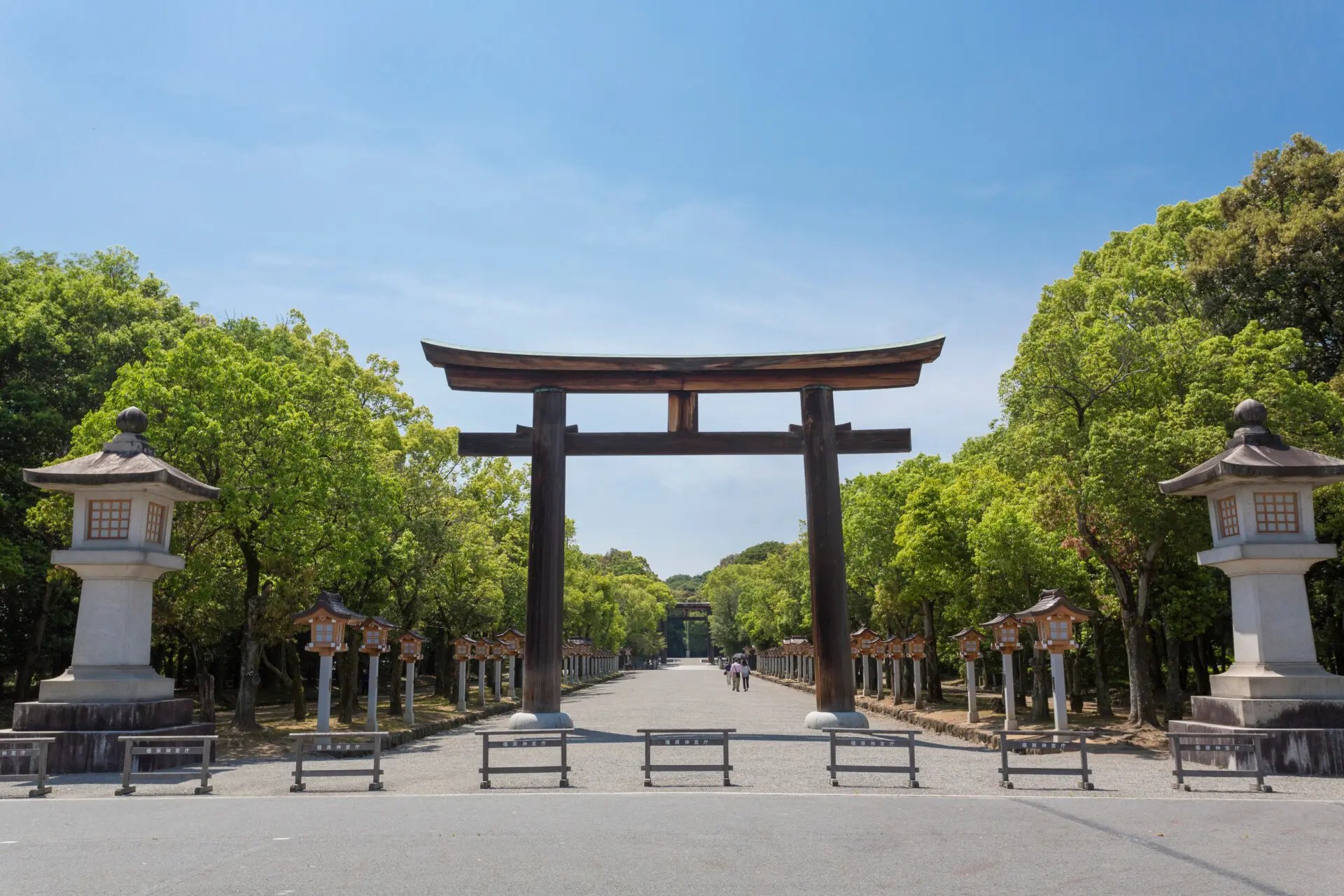
Nara: Asuka, Ancient Capital & Future Heritage Private Tour
Explore the spiritual origins and cultural heritage of Japan in Asuka, the nation's first capital. This guided walking tour unveils a landscape steeped in history, where ancient temples and sacred shrines narrate the early development of Japanese spirituality and governance. Starting from Kashiharajingu-mae Station, journey through picturesque countryside to visit Asukadera Temple, home to the oldest Great Buddha statue in Japan. Discover the significance of Asukaniimasu Shrine and other historical landmarks while gaining insights from your expert guide about Asuka's role during the pivotal Asuka period (538–710 AD). Perfect for culture enthusiasts and history buffs seeking a deeper understanding of Japan's roots.
- Visit the oldest Buddhist temple in Japan, Asukadera
- Discover sacred sites like Asukaniimasu Shrine amidst scenic beauty
- Enjoy a guided exploration led by an expert on Japanese history
- Ideal for travelers interested in culture, religion, and archaeology
Options
From Kyoto (G-570)
From Kyoto (G-570): An option where you travel with your guide from Kyoto Station to Asuka, Japan’s ancient capital, by limited express train.
Starting point:
近鉄京都駅, 31-1 Higashishiokōji Kamadonochō, Shimogyo Ward, Kyoto, 600-8215, Japan
What's included in Nara: Asuka, Ancient Capital & Future Heritage Private Tour
(Subject to Option Inclusions)Itinerary
Asuka-dera Temple
Asukadera Temple, also known as Hōkōji, is regarded as the oldest full-scale Buddhist temple in Japan, originally established in 596 AD during the Asuka period under the influence of the powerful Soga clan. It played a pivotal role in the introduction and spread of Buddhism throughout Japan. Today, the temple is best known for housing the Great Buddha of Asuka—a seated bronze statue of Shakyamuni Buddha, said to be the oldest extant Buddha statue in Japan. The temple grounds also convey a deep sense of historical continuity, with remnants of ancient pagodas and halls evoking the grandeur of early Japanese Buddhism. Visiting Asukadera offers a rare glimpse into the nation’s spiritual and architectural origins.
Asuka Niimasu Shrine
Tucked away amidst rice fields and forested hills, Asukani-imasu Shrine—also known as Asuka-ni-masu-jinja—is one of the oldest Shinto shrines in Japan and a deeply spiritual site. It has been a place of worship since ancient times, long before the introduction of Buddhism, and is closely tied to the founding myths of Japan. The shrine enshrines the ancestral deities of the Asuka region and was a central ritual site for the early Yamato court. Its serene setting and sacred atmosphere reflect the timeless reverence for nature and kami (gods or spirits) that underpins Shinto practice. Visitors can feel the spiritual gravity of a site that has witnessed the rise of Japan’s earliest capitals and belief systems.
Inclusions
- Transportation to/from Asuka
- Countryside walking experience
- Admission to Asukadera Temple and Asukani-ni-Masu Shrine
- Guided tour of Asuka
- Meals and drinks
- Personal expenses
- Public transportation options are available nearby
- Suitable for all physical fitness levels
Meet
Pickup and Dropoff
You will make your own way to the meeting points
Meeting Points
- An option where you travel with your guide from Kyoto Station to Asuka, Japan’s ancient capital, by limited express train, and begin sightseeing upon arrival.
- From Kintetsu Kashiharajingu-mae Station, limited express trains provide excellent access not only to Nara City, but also to other major destinations in the Kansai region such as Osaka and Kyoto.
End Points
- From Kintetsu Kashiharajingu-mae Station, limited express trains provide excellent access not only to Nara City, but also to other major destinations in the Kansai region such as Osaka and Kyoto.






